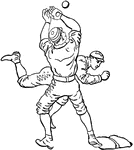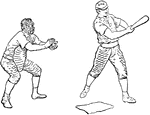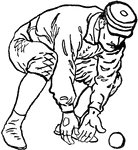Clipart tagged: ‘batter’
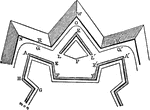
Curtain
"Curtain, in Fortification, is the portion of rampart or wall between two bastions or two gates. In…
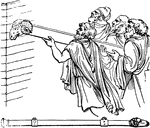
Battering Ram
"The battering ram was a large beam, made of the trunk of a tree, and having a mass of bronze or iron…
